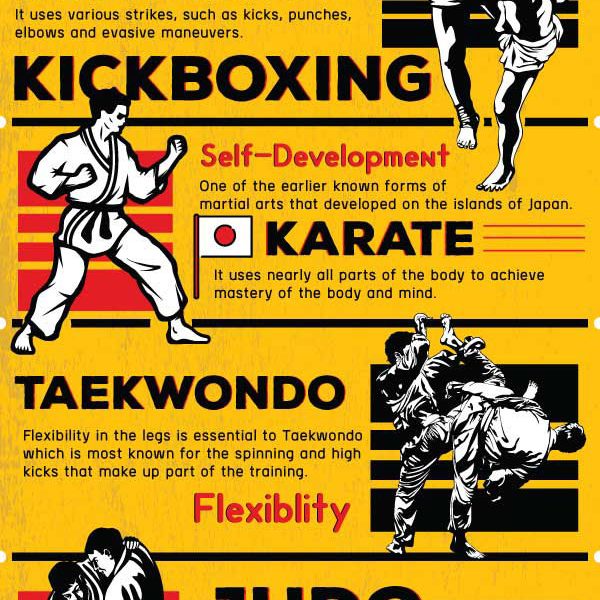Exploring The Differences In Between Traditional Martial Arts And Contemporary Battle Sports
Exploring The Differences In Between Traditional Martial Arts And Contemporary Battle Sports
Blog Article
Posted By-Bright Johnson
When you think about martial arts, do you lean more towards the typical methods or the contemporary fight sports? Each path provides unique advantages and experiences, shaped by their viewpoints and training approaches. Typical martial arts highlight individual development and technique, while contemporary fight sporting activities concentrate on competitors and performance. Understanding these distinctions can direct you in choosing the appropriate method for your journey. But just how do these distinctions show up in training and philosophy?
The Viewpoint and History Behind Traditional Martial arts
While many individuals link martial arts with physical combat, the ideology and background behind traditional martial arts run much deeper. You'll discover that these self-controls stress individual development, technique, and regard.
Stemming from old methods, standard martial arts were often created for Self-Defense and spiritual growth. They personify principles such as equilibrium, harmony, and self-discipline, guiding specialists past plain battling abilities.
As you train, you'll not just learn techniques but additionally acquire insights right into the society and values that formed these arts. The routines and traditions, commonly passed down via generations, cultivate a sense of community and belonging.
The Competitive Nature of Modern Battle Sports
Modern battle sports have changed the landscape of martial arts right into a very affordable sector, where professional athletes take on in a test of ability, approach, and endurance.
You'll discover that competitions are frequently arranged with stringent rules and laws, ensuring fair play and security. visit the next site attract big target markets, fueling the excitement and strength of matchups.
Athletes train carefully, not just for physical expertise however also for psychological strength, knowing that every detail counts in the ring. The adrenaline rush throughout competitors is apparent, as boxers press their limitations to declare triumph.
Fans value the athleticism and creativity included, making modern battle sports a thrilling spectacle that remains to evolve and captivate enthusiasts around the globe.
Training Techniques and Methods: A Comparative Analysis
The competitive environment of contemporary combat sporting activities demands innovative training methods that differ dramatically from traditional martial arts.
In modern-day training, you'll focus on details strategies, competing, and conditioning, usually utilizing drills that imitate actual fight scenarios. https://bestwaytolearnmartialarts22100.bligblogging.com/36205354/get-ready-to-improve-your-mental-sharpness-and-psychological-toughness-by-exercising-martial-arts-which-will-open-up-a-journey-to-uncovering-your-internal-power 'll see an emphasis on quantifiable performance and regular competitors to examine your abilities.
On the other hand, traditional martial arts focus on types, katas, and philosophical teachings, usually emphasizing technique and respect over competitors.
Training is typically less extreme and might entail repetitive technique rather than real-time sparring.
While both techniques construct ability and health and fitness, contemporary battle sporting activities supply a more dynamic and versatile training environment, preparing you for prompt obstacles in the ring or cage.
Pick the course that aligns with your objectives and passions.
Conclusion
In picking in between conventional martial arts and modern-day fight sports, it actually comes down to what you value the majority of. If you're searching for individual growth, discipline, and a sense of area, conventional arts might be your best fit. However if you flourish on competitors and real-time obstacles, modern combat sporting activities could be the means to go. Ultimately, both courses provide special benefits, so it's all about aligning your training with your individual objectives and interests.
